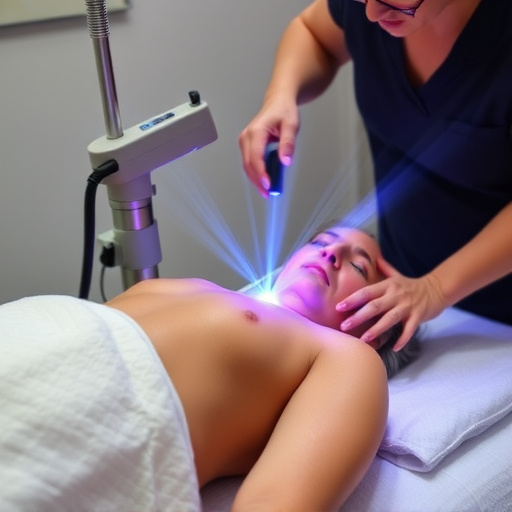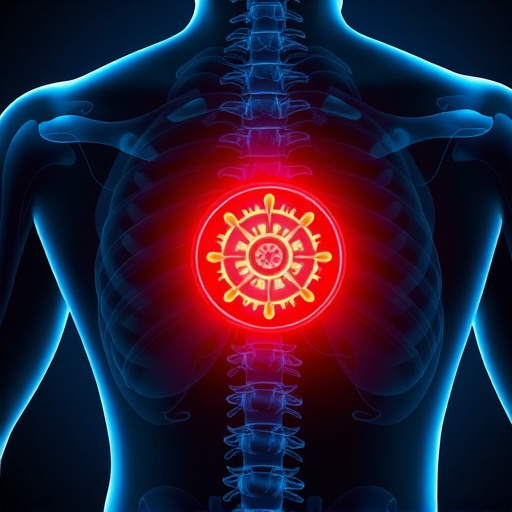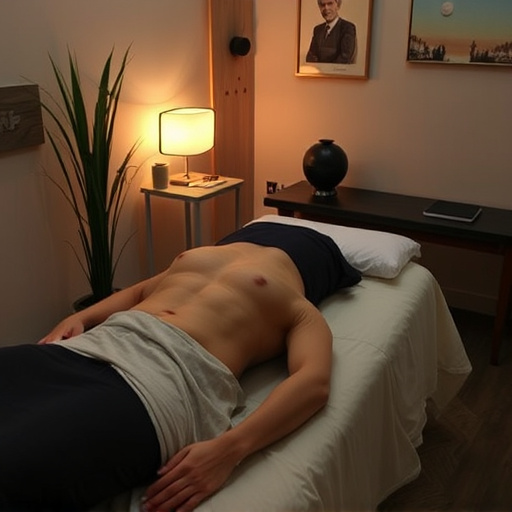Herniated disc treatment varies from conservative methods like rest, therapy, and medication for mild cases to surgery for severe conditions. Post-treatment rehabilitation focusing on muscle strengthening and lifestyle adjustments is vital for long-term symptom management. Effective herniated disc treatment involves personalized plans combining exercises, sleep positions, and safer lifting techniques to restore mobility and reduce pain, enabling a return to daily activities.
A herniated disc can significantly impact everyday activities, affecting mobility and routine. This article explores how different herniated disc treatment options influence daily life. We delve into the effects of treatments on movement and routines, as well as strategies for adapting lifestyles to support effective recovery. Understanding these aspects is crucial in navigating the road to rehabilitation and improving quality of life. By examining various treatment methods, individuals can make informed decisions tailored to their specific conditions.
- Understanding Herniated Disc Treatment Options
- Impact on Mobility and Daily Routines
- Adapting Lifestyle for Effective Recovery
Understanding Herniated Disc Treatment Options
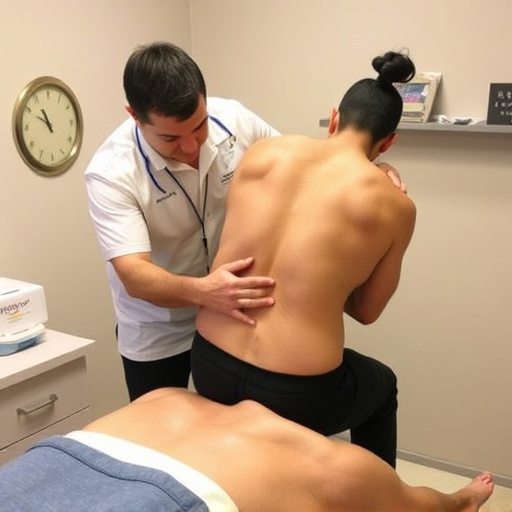
Herniated disc treatment options vary depending on the severity of the condition and associated symptoms. The primary goal is to provide pain relief, restore function, and prevent further damage. Conservative treatments like rest, physical therapy, over-the-counter pain relievers, and corticosteroid injections are often the first line of defense for mild to moderate cases. These methods aim to alleviate pinched nerve relief and promote healing.
For more severe conditions or when conservative treatments fail, surgery may be recommended. Discectomy, where a portion of the damaged disc is removed, and laminectomy, which widens the spinal canal, are common procedures. Alternative options include platelet-rich plasma therapy and shockwave therapy, which stimulate healing without invasive surgery. Injury rehabilitation plays a crucial role post-treatment, focusing on exercises to strengthen muscles and improve posture for better long-term management of herniated disc symptoms.
Impact on Mobility and Daily Routines
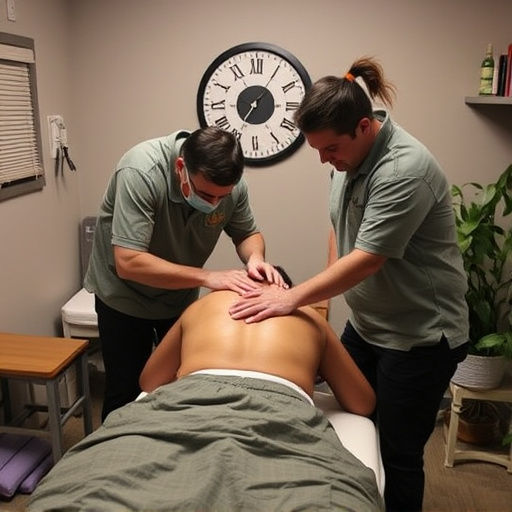
A herniated disc, often caused by injury or aging, can significantly impact an individual’s mobility and daily routines. The discomfort and pain associated with this condition may make even simple tasks challenging. Daily activities like getting out of bed, walking, or lifting objects require careful consideration to avoid exacerbating the issue. Many individuals struggling with a herniated disc find themselves altering their movements and routines, which can lead to a decrease in overall physical activity levels.
Effective herniated disc treatment plays a crucial role in restoring mobility and enabling one to resume their regular activities. The goal is to reduce pain, stabilize the affected area, and promote healing. This may involve a combination of methods such as rest, physical therapy, medication, or, in severe cases, surgery. Once symptoms are managed, individuals can gradually reintroduce movements and activities that were once limited due to lower back pain, whether it stems from an auto accident recovery, sports injury treatment, or age-related degeneration.
Adapting Lifestyle for Effective Recovery

After a herniated disc diagnosis, adapting one’s lifestyle is crucial for effective recovery. Personalized treatment plans often recommend modifications to daily routines to reduce strain on the affected area. This may involve adjusting sleeping positions, incorporating exercises that strengthen back muscles, and adopting safer lifting techniques to prevent further injury. The goal is to find a balance between rest and activity, allowing the disc to heal while maintaining overall physical fitness.
During auto accident recovery, prioritizing muscle recovery through specific stretches and physical therapy sessions can significantly aid in herniated disc treatment. It’s important to follow the recommended regimen consistently to speed up healing and restore mobility. By combining these strategies, individuals can enhance their ability to perform everyday activities without exacerbating the condition, ultimately leading to a smoother transition back into their regular routines.
Herniated disc treatment significantly influences an individual’s ability to perform everyday activities. By understanding various treatment options, recognizing their impact on mobility and daily routines, and adapting lifestyles accordingly, individuals can effectively manage symptoms and enhance their quality of life. Timely intervention through appropriate herniated disc treatment plays a pivotal role in restoring mobility, reducing pain, and facilitating a swift return to normal, active living.









